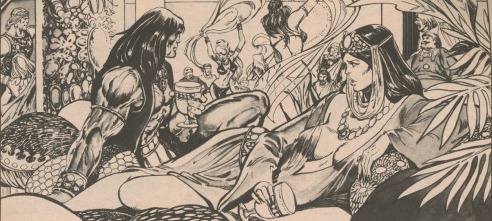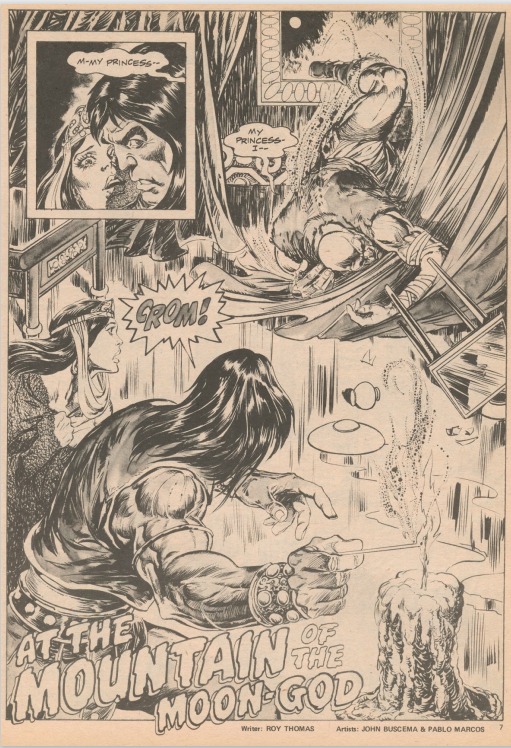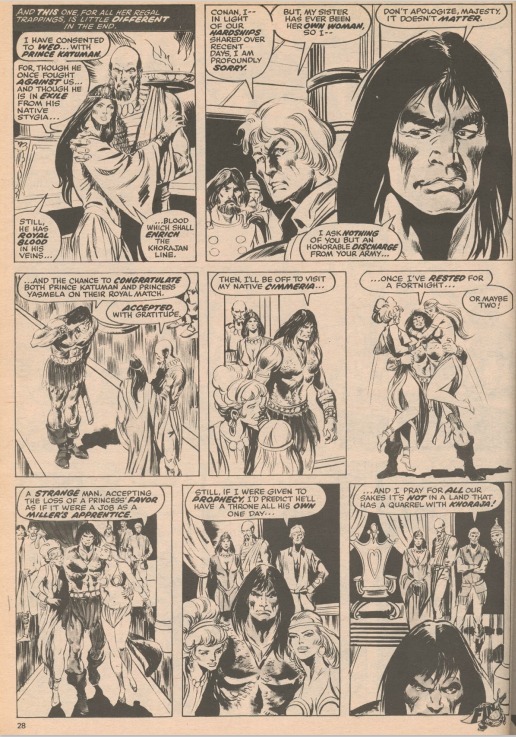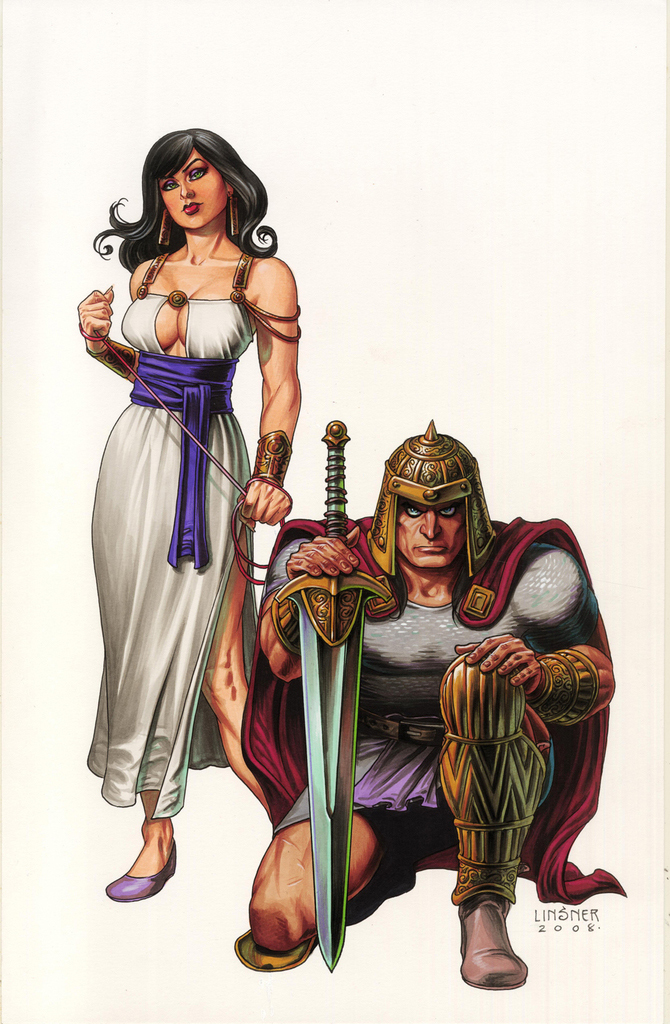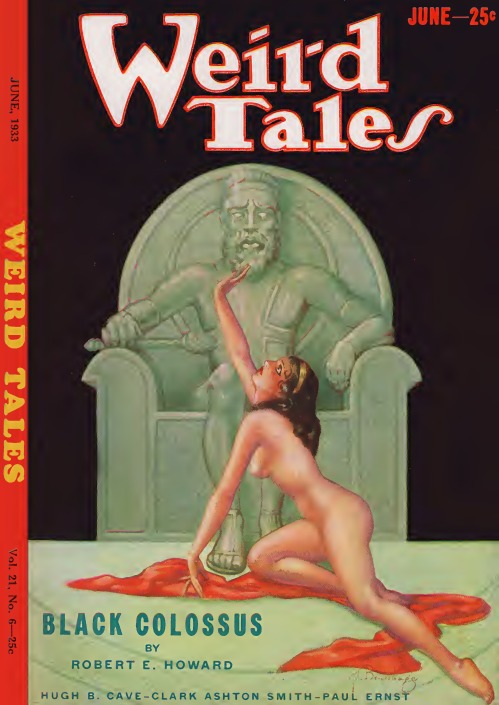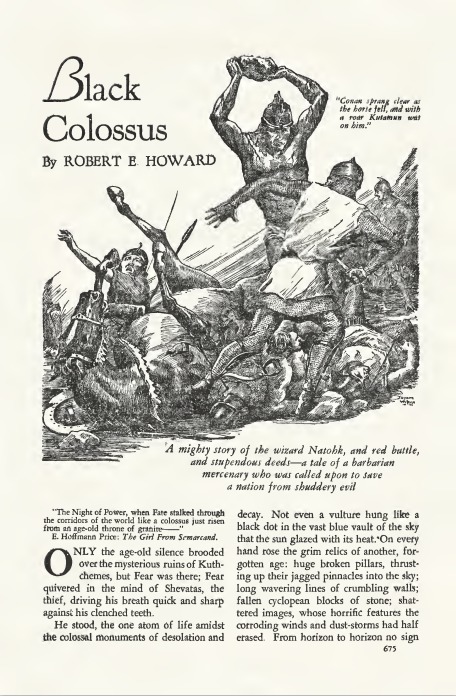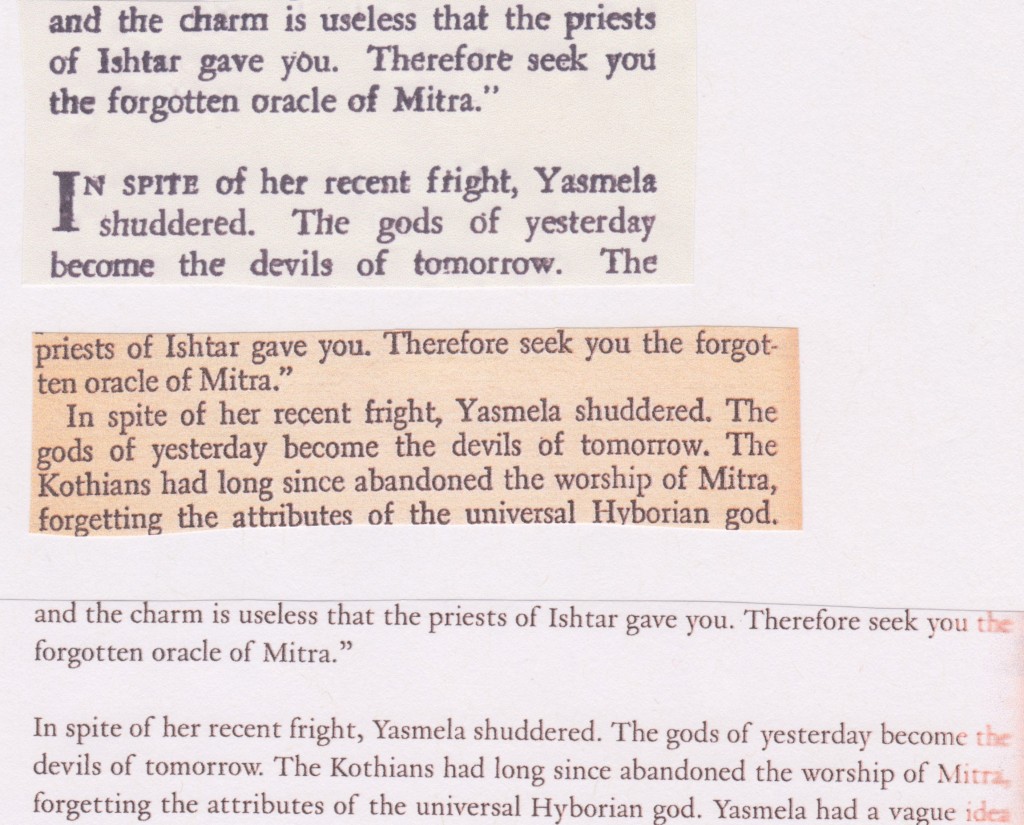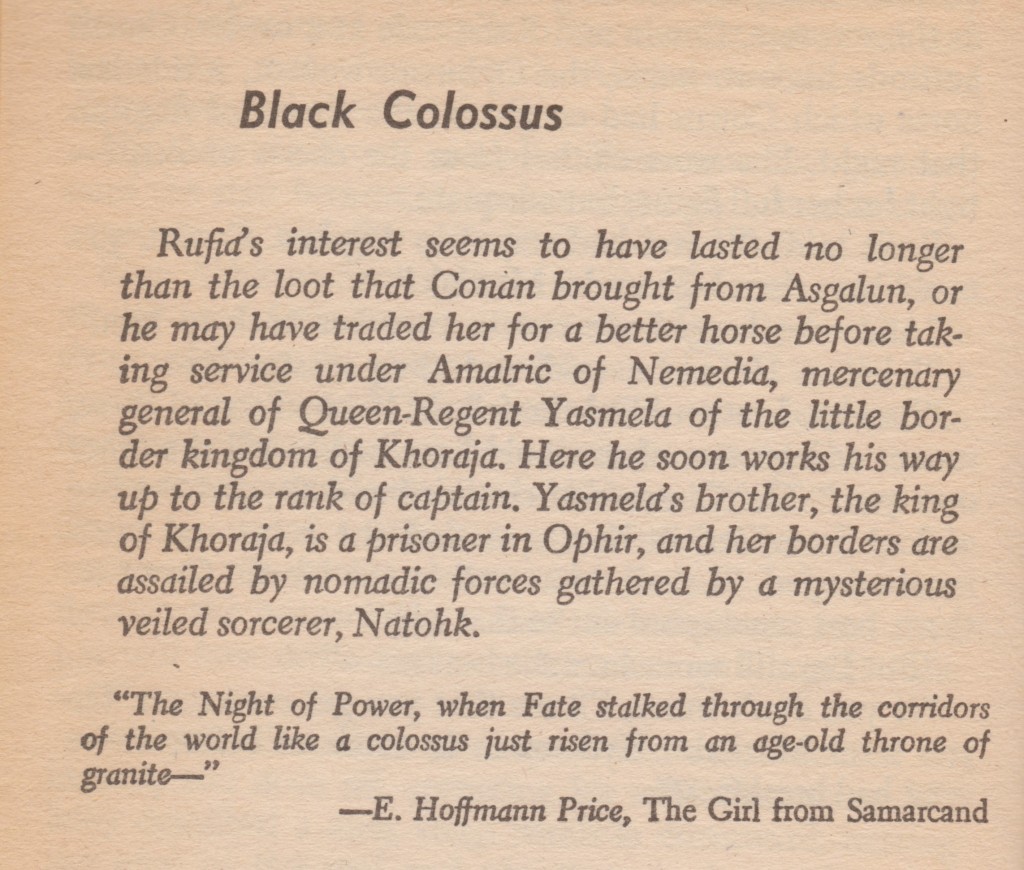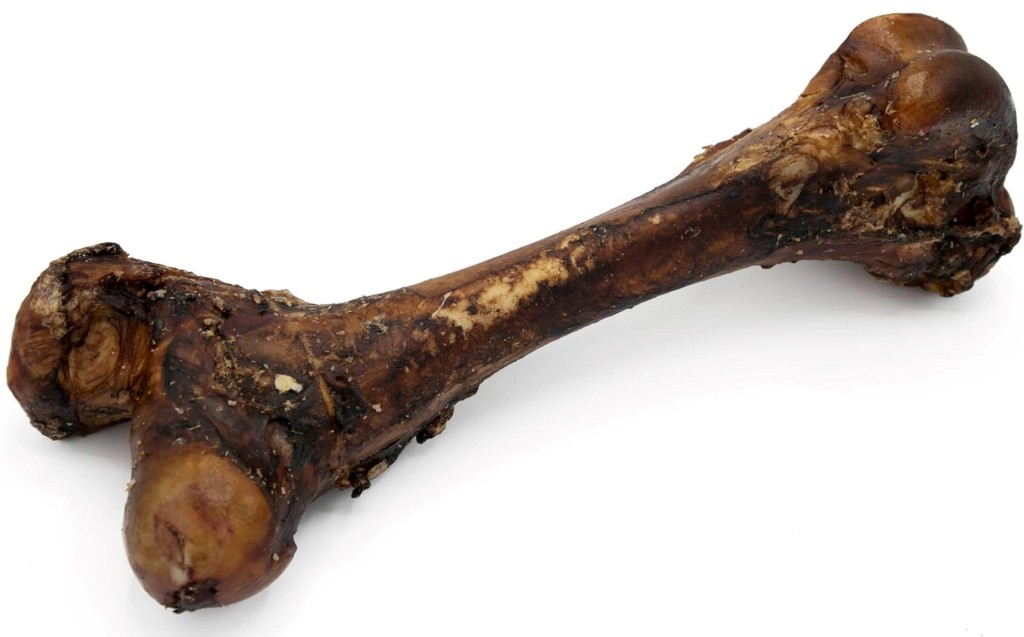by Gary Romeo
“Shadows in the Dark” by Lin Carter and L. Sprague de Camp was published for the first time in Conan the Swordsmen, Bantam Books, 1978. It is a sequel to Robert E. Howard’s “Black Colossus.”
“Black Colossus” is a great story. It begs for follow up. Scott Oden’s story for the Conan Unconquered video game takes place during the events of “Black Colossus.” Roy Thomas beat Carter and de Camp to the punch with a direct sequel to “Black Colossus” titled “At the Mountain of the Moon-God” published in Savage Sword of Conan #3.
Roy Thomas’s sequel starts with Conan and Yasmela’s love making being interrupted when one of her spies brings her a map that shows where her brother King Khossus is being held captive. Conan decides to go and rescue the captive King.
It is known that Khossus is being held in Ophir somewhere and that King Strabonus of Koth also wants Khossus as a captive bargaining chip. Conan, along with two soldiers, follows the trail to the Mountain of the Moon-God to attempt to rescue Khossus. Things do not go smoothly. Conan encounters soldiers of both Ophir and Koth and has to fight off a pterosaur.
Once Khossus is rescued he gives Conan his approval to marry Yasmela. But during Conan’s time away she has taken up with Prince Katuman of Stygia. Conan takes her rejection quite easily, and in an oft-reprinted panel, hoists up two ladies he intends to bed.
Roy’s story is entertaining. There are sub-plots and foreshadowing to future adventures. All in all, a decent sequel. Therefore, it wasn’t necessary (and would conflict with his Marvel chronology) to have adapted Carter and de Camp’s later sequel.
Carter and de Camp’s sequel, published in Conan the Swordman, a few years after the Savage Sword of Conan story, covers the same ground but a bit differently. First de Camp sets the stage as usual:
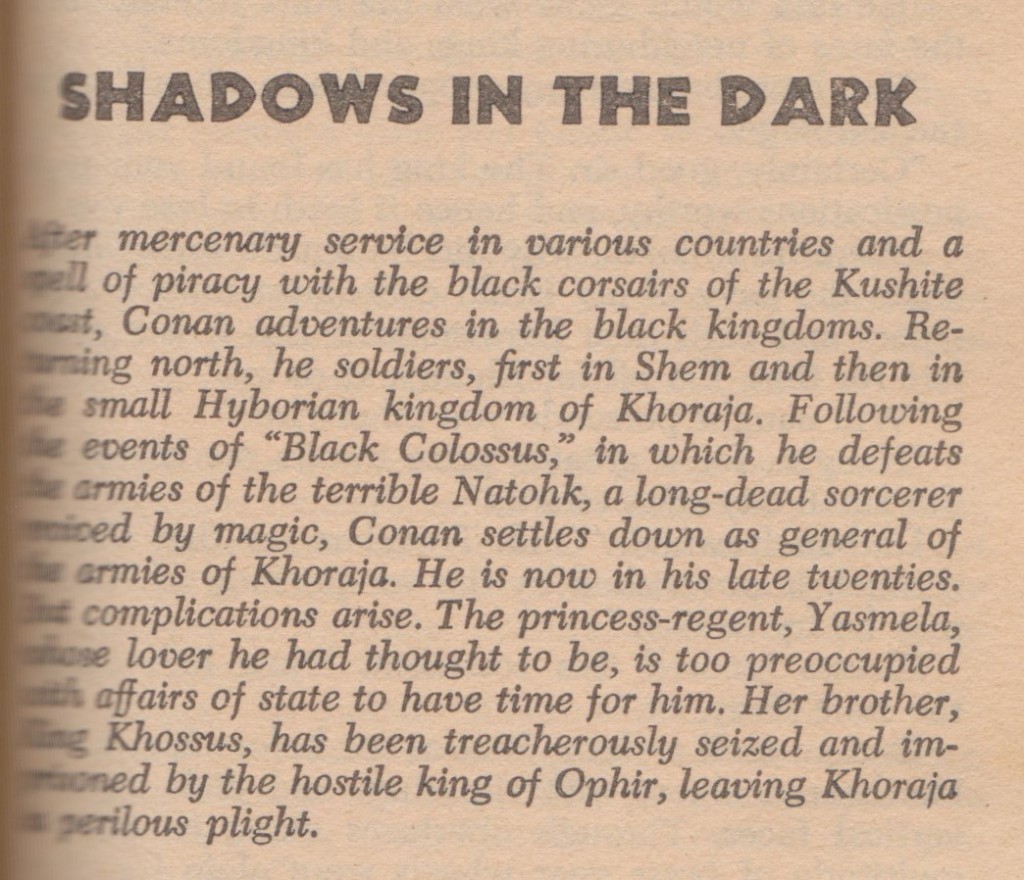
We are introduced to Rhazes the astrologer who uses a mechanical device to help him with his prognostications. “I see three persons, all royal, either now, or formerly, or yet in times to come. One is a beautiful woman, caught in a web like unto a spider’s. Another is a young man of high estate surrounded by walls of massive stone. The third is a mighty man, older than the other but still youthful, and of vast and sanguinary prowess.”
After that, we see Conan trying to engage Yasmela’s time. “The princess prepares to receive the envoy from Shumir and cannot give you audience now.” Yasmela later allows Conan in to see her but resists his amorous intentions, “Not now, my love! You’d crumple my courtly rainment.” Conan asks her to marry him. Yasmela rejects the offer, “That cannot be, my love, so long as I am regent. Were my brother free, something might be arranged, even though marriage with a foreigner is much against our customs.”
Conan decides it’s time to free Khossus. Conan, a lockpick thief named Fronto, and Rhazes the astrologer set off on their mission. Fronto knows of a secret entrance to the prison holding Khossus. Rhazes displays real (and dangerous) magic along the way.
There are some subplots and double crosses. I won’t provide spoils. Suffice to say, Conan does rescue Khossus and he is a bit of a pompous youth. He tells Conan that the citizens of Khoraja would never accept Conan’s marriage to Yasmela. “Out of the question, my good General! You – a foriegn barbarian and vulgar mercenary – nay, friend Conan, think not upon the matter. I appreciate your heroism and owe my life to you, but I could not admit you into the royal family.”
Conan ponders his future: “This haughty but well-meaning young ass believed every word he spoke about his royal rights and duties. True, he could quietly kill the king and return to Khoraja with some cock-and-bull story about the idiot’s end. But to risk so much to rescue him, only to murder the fool, would be ridiculous.”
I laughed aloud reading this. That’s my Conan! Conan decides to abscond with Khossus’s money pouch and sail on to further adventures. Neither sequel was great, but I give the nod to Carter and de Camp (mainly for Conan musing about killing Khossus). Roy’s ending has Conan too nonchalant. (Although the hoisting of the ladies panel is great!) Carter and de Camp seem a bit truer to REH, in that Conan has more than just a superficial attraction to Yasmela. Conan realistically realizes he’d never be happy adhering to the civilized tomfoolery required of him if he stayed in Khoraja. And, as a guy, I prefer that it was his choice, rather than Yasmela’s.

